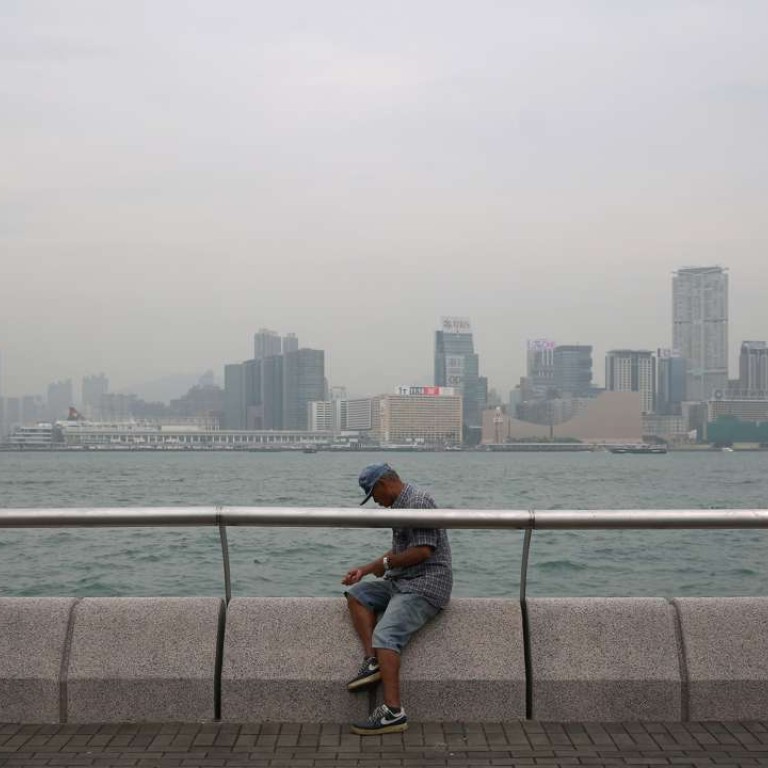
Hong Kong Observatory issues typhoon standby signal as Megi hits mainland
Cloudy skies and showers expected, but city unlikely to be hit by strong winds on Wednesday
Typhoon standby signal No 1 was issued at 8.40am on Wednesday morning as severe tropical storm Megi edged closer to Guangdong.
But the Hong Kong Observatory said the chance of issuing strong wind signal No 3 was not high on Wednesday, adding that it was relatively unlikely that the city would be hit by strong winds.
At 9am, the storm was estimated to be about 510km northeast of Hong Kong and was forecast to move west-northwest at about 20km/h entering inland areas of Fujian.
Strong winds offshore and occasional gale winds on high ground were expected in Hong Kong on Wednesday.
Weather in the city is expected to be mainly cloudy with a few showers later in the day, with the maximum temperature at about 33 degrees Celsius.
The typhoon made landfall near Quanzhou in Fujian earlier Wednesday morning and is gradually weakening.
Hong Kong recorded its hottest September day in more than half a century on Tuesday as the influence of the storm brought “serious” levels of air pollution to the city for a second day.
Megi, named after the Korean word for catfish, created stifling conditions in the city on Tuesday, with low visibility and a maximum temperature at the Observatory’s headquarters of 34.9 degrees, constituting the hottest September day since 1963, when September 5 saw the same location record 35.2 degrees.
Ahead of the heat the Hong Kong Observatory issued a very hot weather warning at 7.17am.
The Environmental Protection Department issued a warning after the Air Quality Health Index in Tuen Mun and Tung Chung hit 10+ on Tuesday afternoon, its highest level. That indicates a serious health risk.
The index in Central reached 10, and it climbed to nine in Yuen Long and Causeway Bay, indicating a “very high” health risk.

